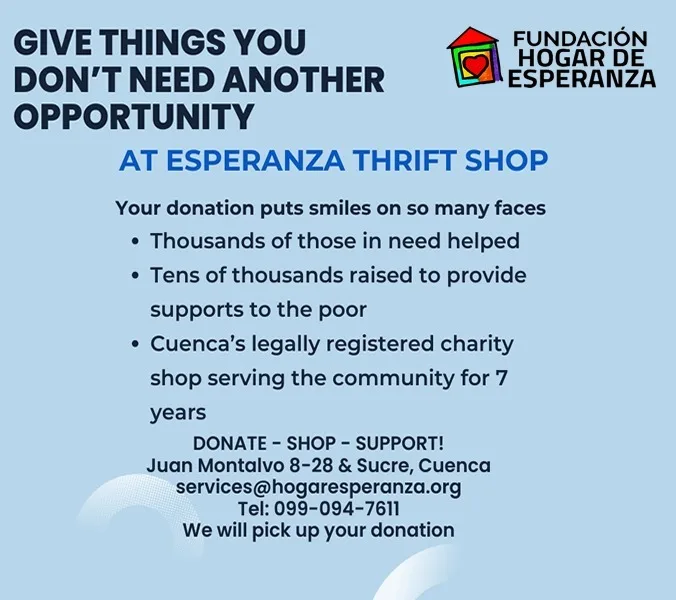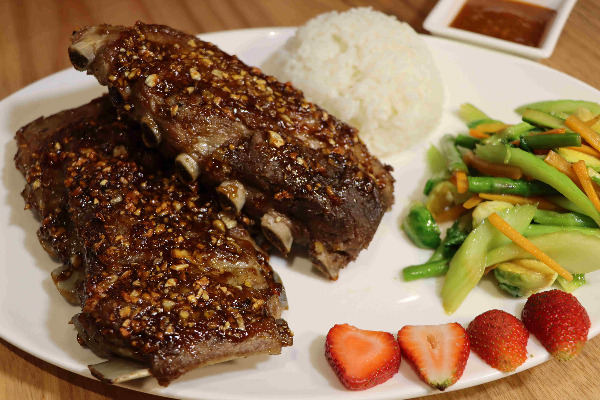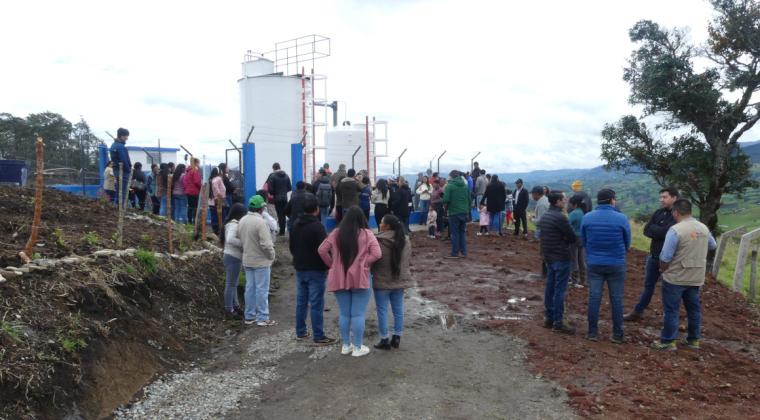Natural Wine: If Picasso was a winemaker
By Giovanni Cambizaca
Sometime last year I wrote about orange wine, the product of the misbegotten idea that if you treat green grapes the same as red grapes and ferment them in contact with their skin, something wonderful will result. 
In fact, the results are highly variable wines with flavor notes that might range from paint thinner to barnyard, or, if you’re really lucky, maybe both. But orange wine is just one aspect of the ‘natural’ wine movement, which as a whole I think deserves more attention, even though these wines are less than 1% of total world wine production.
Let’s start by finding out just what constitutes a natural wine. It really harks back to the earliest days of ‘wine’ making, shortly after an early caveman discovered that if you left the grapes out too long, you could get a very enjoyable sensation from the resulting drink.
Natural wines rely on organically grown grapes, whatever yeast is floating in the air, and minimal chemical additives. I think it should be obvious that this low-intervention style of production is likely to result in wines that are very inconsistent from year to year.
 Compared with regular wines, natural wines tend to be cloudy because of minimal filtration, less fruity, and much more yeasty. If you are a beer drinker, think of a German Hefeweizen, and you will be somewhere in the ballpark.
Compared with regular wines, natural wines tend to be cloudy because of minimal filtration, less fruity, and much more yeasty. If you are a beer drinker, think of a German Hefeweizen, and you will be somewhere in the ballpark.
A word that often comes up when I am reading about these wines is ‘funky’, and that always gives me pause. ‘Funky’ sounds to be as far away from a wine that I would want to drink as I can imagine. But these wines are gaining in popularity, albeit I sometimes think mostly among people who are intent on signaling their sophistication.
Nevertheless, these wines are out there and some people do genuinely enjoy them. Perhaps a good place to start with natural wines would be the style known as ‘Pétillant Naturel’, which means ‘naturally sparkling’. This type of wine is essentially the quick and dirty ancestor of Champagne, and Jeff Lindsay-Thorsen, the wine director at Seattle restaurant RN74, says, “The flavors of pét-nat vary from funky sparkling Kool-Aid to nuanced mineral-driven wines.”
There’s that word again, and I think I’m more drawn to the ‘nuanced’ side of this equation, but at least his characterization suggests that there is a wide range of possibilities with these wines.
Stephen Meuse, the senior wine buyer for a specialty food shop in Cambridge, Mass, acknowledges there’s a steep learning curve — “for winemakers for sure, and there’s a steep appreciation curve for customers. But it’s a different way of doing it. It’s like people looking at a Picasso and saying, ‘This guy can’t draw.’”
So, once we get out of lockdown, and if Ecuador can still afford to import anything, there’s a whole new world of wines for us to explore, and one that I think most of us have never even thought of. Something to look forward to, perhaps?
___________________
Te enviamos un abrazo
Giovanni, Maria Eliza y toda la familia
Le Petit Jardín





















